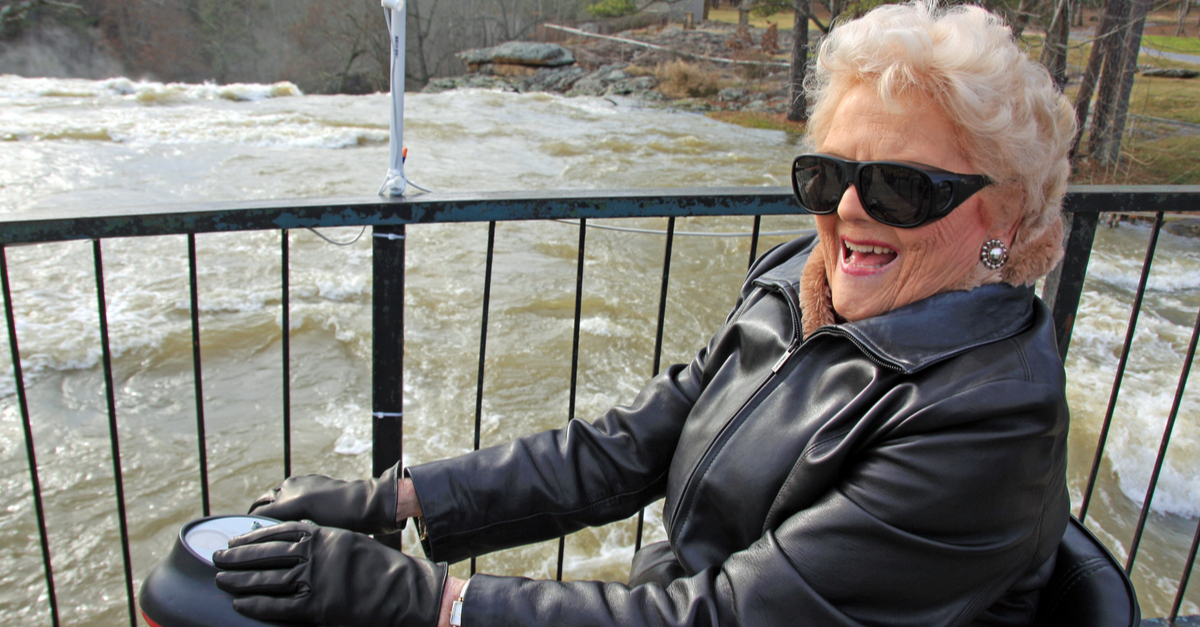|
The Better Practice Conference in Sydney last month showcased a number of aged care initiatives that are improving quality of life for older people in communities across Australia. It was exciting to hear how providers are starting to shift the locus of control from the “professional” to the aged care consumer, in recognition that neither age nor incapacity should impact on our human right to self-determination. While the models and change programs varied, the benefits to consumers and providers were measurable in terms of the customer experience, consumer quality of life, and provider Net Promoter Scores. With appropriate systems and oversight, what’s good for the customer is good for the organisation! Duty of care versus dignity of risk A common theme through the conference presentations was the importance of balancing duty of care and dignity of risk, to arrive at a unique solution for each person. Traditionally, health professional training, quality systems and risk-averse cultures have tended to tip the scales on the side of caution, detracting from individual freedom and informed decision-making. Over the last month, I have been supporting a family friend who is being pushed to move into residential care against her will, because physically, it is the safest option. What well-meaning professionals sometimes fail to notice is that the “safest” option can be emotionally and spiritually damaging. This friend, who spent years working in leprosy communities and travelling the world, wishes to spend her remaining time at home, surrounded by memories that give her life purpose. Best practice in consumer directed care would instead focus on “enabling risk”. This means respecting personal goals and motivations of individual consumers; providing accessible information on options and potential consequences; providing support for decision making; and collaborating on harm minimisation strategies where required. The optimal balance between dignity of risk and duty of care will vary according to an individual’s propensity for risk-taking, their personal values, their decision-making capacity, and the setting of care. Some individuals desire all the care, intervention and safety precautions available, while others value independence and freedom above all else, prioritising quality of life over longevity. To consistently meet these expectations, providers will need to consider staff attributes, competencies and support systems, as well as developing tools for consumer risk profiling, risk assessment, risk acceptance documentation, consultative problem solving and assisted decision making. Advance planning for future care, lifestyle and financial management is to be strongly encouraged, as well as the use of interpreters, advocates and support people. Each situation is different! Organisational transformation Policy transformation on the current scale, necessitates organisational transformation, starting with the creation of a shared vision and a commitment to change over the long term. The desired state then needs to be researched and documented, to enable a gap analysis. From here, a roadmap and project plans can be developed to guide everything from service delivery to scheduling, billing, marketing, customer relations, staff management and information systems. The transformation process requires insight, foresight and flexibility in an environment of ongoing reform and development. Levels of uncertainty for aged care providers were heightened on 27 February 2017 by the Increasing Choices in Home Care amendment to legislation. This introduced portability of consumer funding and choice of provider, threatening caseload and income levels, and representing:
Change is inevitable; success must be planned and managed! I look forward to speaking in more depth on this topic at the Central West Community Care Forum this week!
0 Comments
If you believe the marketing, it would be fair to say that the vast majority of aged care providers are motived to provide excellent services to people in their later years. So why do we hear stories like the one aired on 4 Corners on 26 June, 2017, where a large retirement living and aged care provider was alleged to be taking advantage of vulnerable people through unfair contracts, churn targets, lack of care, and victimisation? Or May’s story about an aged care provider in South Australia first sanctioned in 2007 and finally closed down in 2017, after an investigation revealed inappropriate care, understaffing, abuse, secrecy and inaction. You might argue the stories are very different, and reporting is sometimes biased, but can you afford to ignore them? The public won’t!
Each time such stories are told by concerned consumers and family members, whether perceived or actual wrongs, they lead to significant reputational damage, financial losses, and distress for consumers, families, staff, community groups, business owners and government alike. As the demand for aged care, the cost of aged care, and the competition amongst providers increase, we can expect to see a rise in complaints in both the traditional and social media. The best defence is always prevention. It would be timely for aged care boards to review their governance processes and do an organisational health check. To help build and protect your reputation, consider a journey on these 7 C’s:
Under the expectations of modern governance, those in oversight have an obligation to assure themselves that organisational practice is aligned with approved policies and expectations. A good governance framework embeds a common focus throughout the organisation. It ensures that from top to bottom everyone is contributing to the common goals, delivering against agreed strategies and key performance indicators. Boards can then focus on setting the agenda and preparing for next month and next year. If what I’ve described above doesn’t sound like your governance frameworks, then it’s perhaps time to review what you have in the context of modern governance expectations. Feel free to contact me if you would like to know more. There’s no substitute for good governance! |
AuthorHelen Wilson is a management consultant in human services, leveraging a business background with clinical experience to optimise organisational and consumer outcomes. ArchivesCategories |



 RSS Feed
RSS Feed